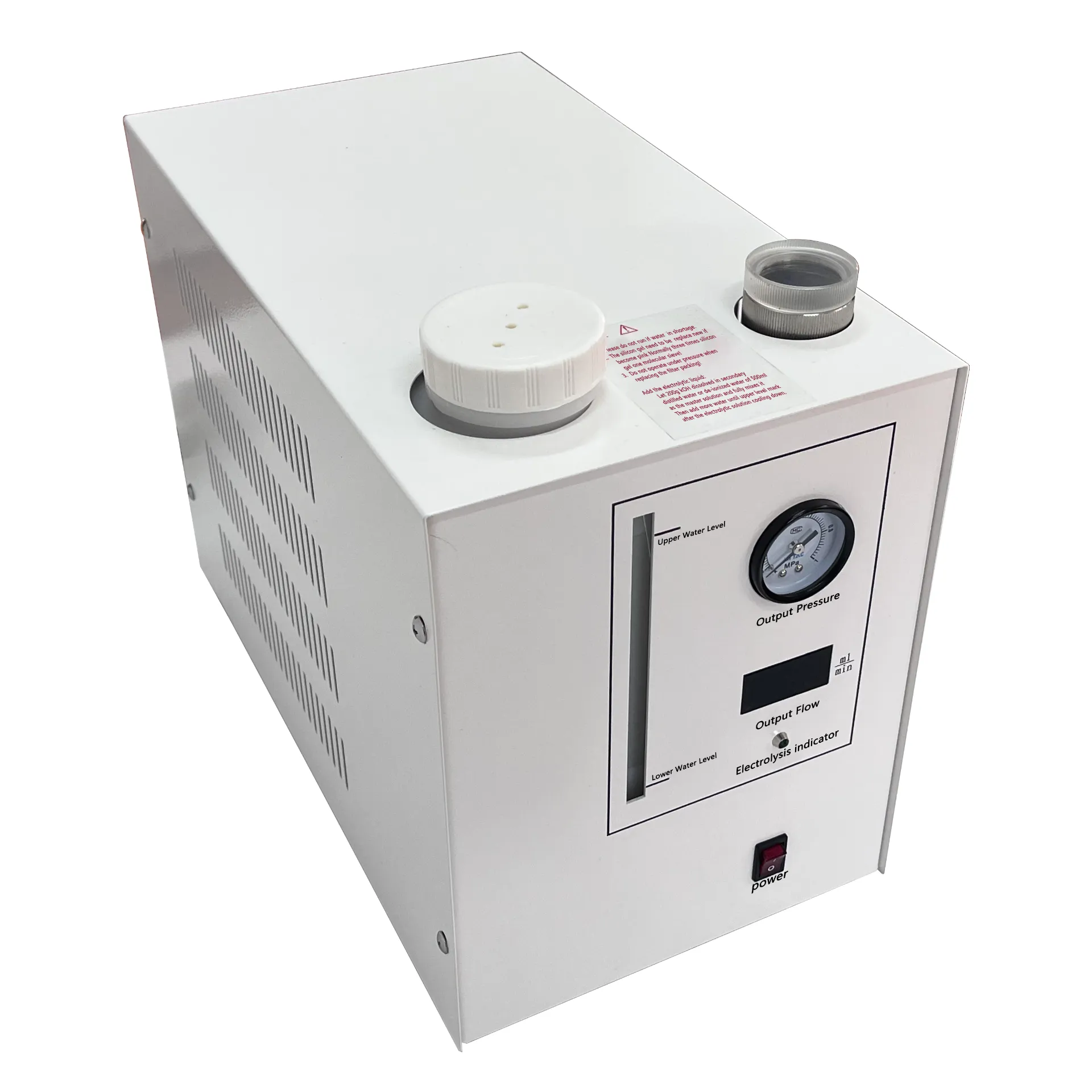 English
English


Testing Transformer Ratios for Enhanced Performance Analysis and Optimization
Understanding the Transformer Ratio Tester A Key Tool in Power System Maintenance
The transformer ratio tester is an essential device used in the electrical power industry for testing and maintaining transformers. Transformers play a critical role in the distribution and regulation of electricity, facilitating the change of voltage levels in power systems. Ensuring their reliability is paramount, and this is where the transformer ratio tester comes into play.
What is a Transformer Ratio Tester?
A transformer ratio tester is an instrument designed to measure the transformation ratio of a transformer, which is the ratio of the primary winding's voltage to the secondary winding's voltage. This measurement is crucial because it helps determine whether a transformer is functioning correctly and if it is meeting its specified performance standards. Typically, the transformation ratio can be expressed as
\[ \text{Ratio} = \frac{V_p}{V_s} \]
Where \( V_p \) is the primary voltage and \( V_s \) is the secondary voltage.
Importance of Measuring the Transformation Ratio
1. Ensuring Operational Efficiency Transformers can degrade over time due to electrical and mechanical stresses. By measuring the transformation ratio, technicians can ascertain whether the transformer is still operating within its designed parameters, thus preventing possible operational inefficiencies or catastrophic failures.
2. Detecting Phase Displacement Accurate ratio measurement also allows for the detection of phase displacement between the primary and secondary sides of the transformer. Phase errors can lead to significant issues in power systems, including voltage imbalances and potential damage to other equipment.
3. Identifying Faults A transformer ratio tester can help in identifying faults such as short circuits, open circuits, or insulation failures within the transformer windings. This proactive approach to maintenance is essential in ensuring the longevity and reliability of power systems.
How Does a Transformer Ratio Tester Work?
transformer ratio tester

Typically, a transformer ratio tester operates by applying a known voltage to the primary winding and measuring the resultant voltage across the secondary winding
. Advanced testers utilize digital technology to provide accurate readings and sometimes even offer additional diagnostic features to help analyze transformer health comprehensively.Modern transformer ratio testers are usually portable and battery-operated, making them convenient for field applications. They often feature user-friendly interfaces, allowing technicians to perform tests efficiently without extensive training.
Testing Procedures
When conducting tests, the following steps are generally involved
1. Preparation Ensure that the transformer is de-energized and safe for testing. This involves verifying that all safety protocols are followed to avoid hazards.
2. Connections Connect the transformer ratio tester to the appropriate terminals of the transformer. This generally involves connecting to the primary and secondary windings.
3. Testing Power on the tester and initiate the measurement. The tester will display the transformation ratio, which can be compared with the manufacturer’s specifications.
4. Analysis If the measured ratio deviates from the expected values, further analysis is warranted. This may involve inspecting the transformer's physical condition or performing additional electrical tests.
Conclusion
The transformer ratio tester is a pivotal instrument for ensuring the reliability and efficiency of transformers within the power grid. By facilitating accurate measurements of transformation ratios, it enables technicians to maintain operational integrity, identify potential faults, and prolong the lifespan of transformers. As the demand for electricity continues to rise, the importance of effective transformer testing cannot be overstated. The use of advanced transformer ratio testers will remain a cornerstone of maintenance practices in the electric power industry, promoting safety and reliability for users worldwide.
-
Differences between open cup flash point tester and closed cup flash point testerNewsOct.31,2024
-
The Reliable Load Tap ChangerNewsOct.23,2024
-
The Essential Guide to Hipot TestersNewsOct.23,2024
-
The Digital Insulation TesterNewsOct.23,2024
-
The Best Earth Loop Impedance Tester for SaleNewsOct.23,2024
-
Tan Delta Tester--The Essential Tool for Electrical Insulation TestingNewsOct.23,2024





